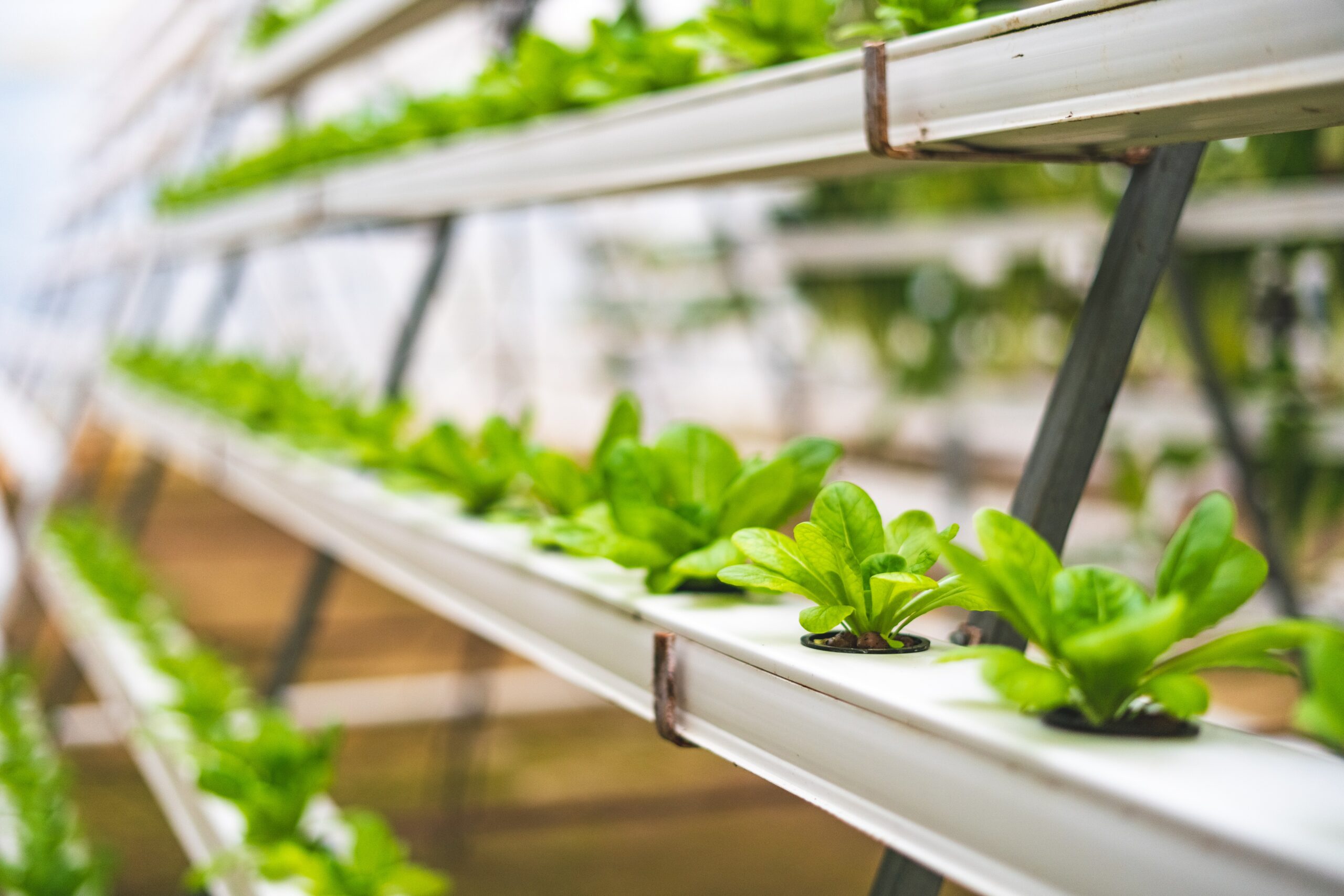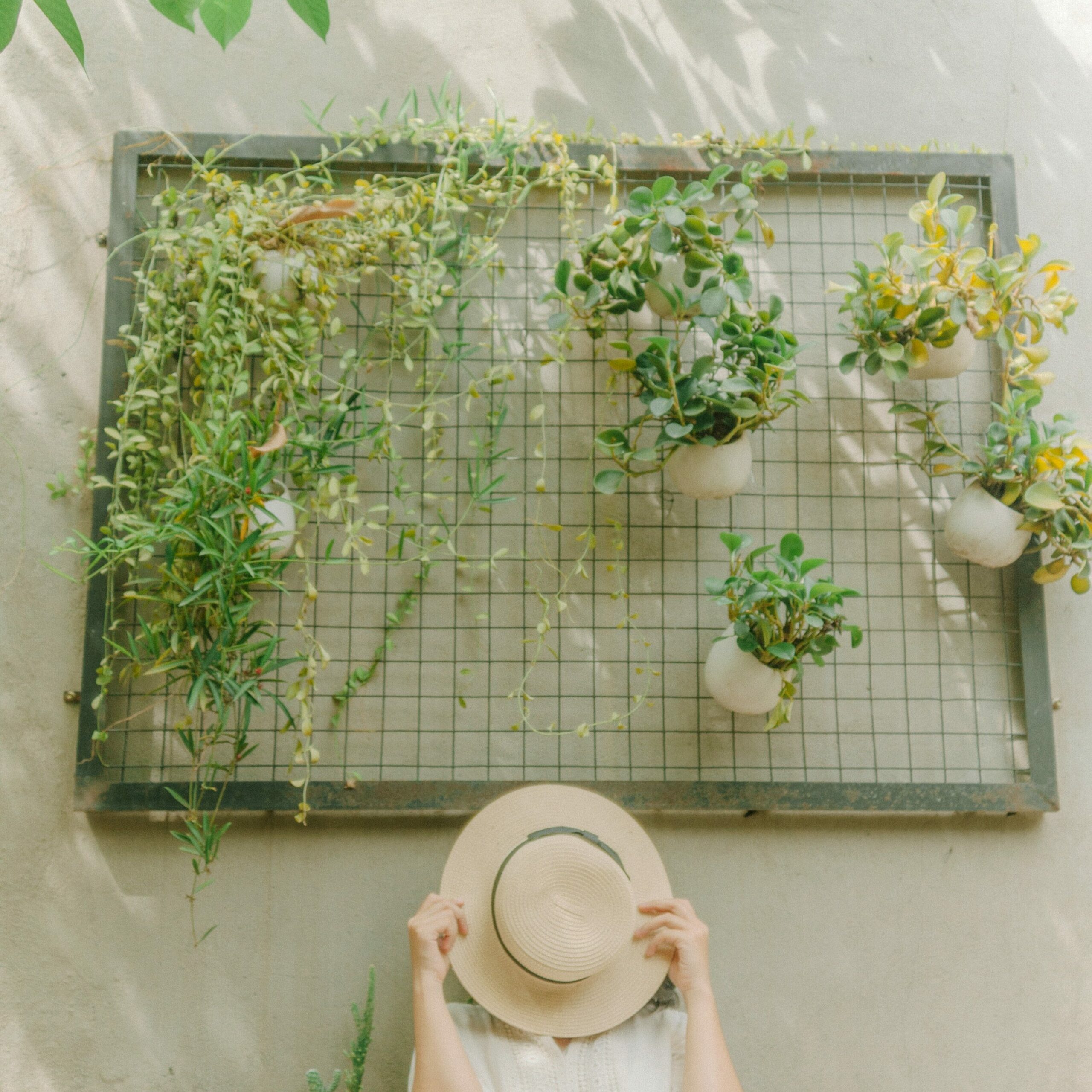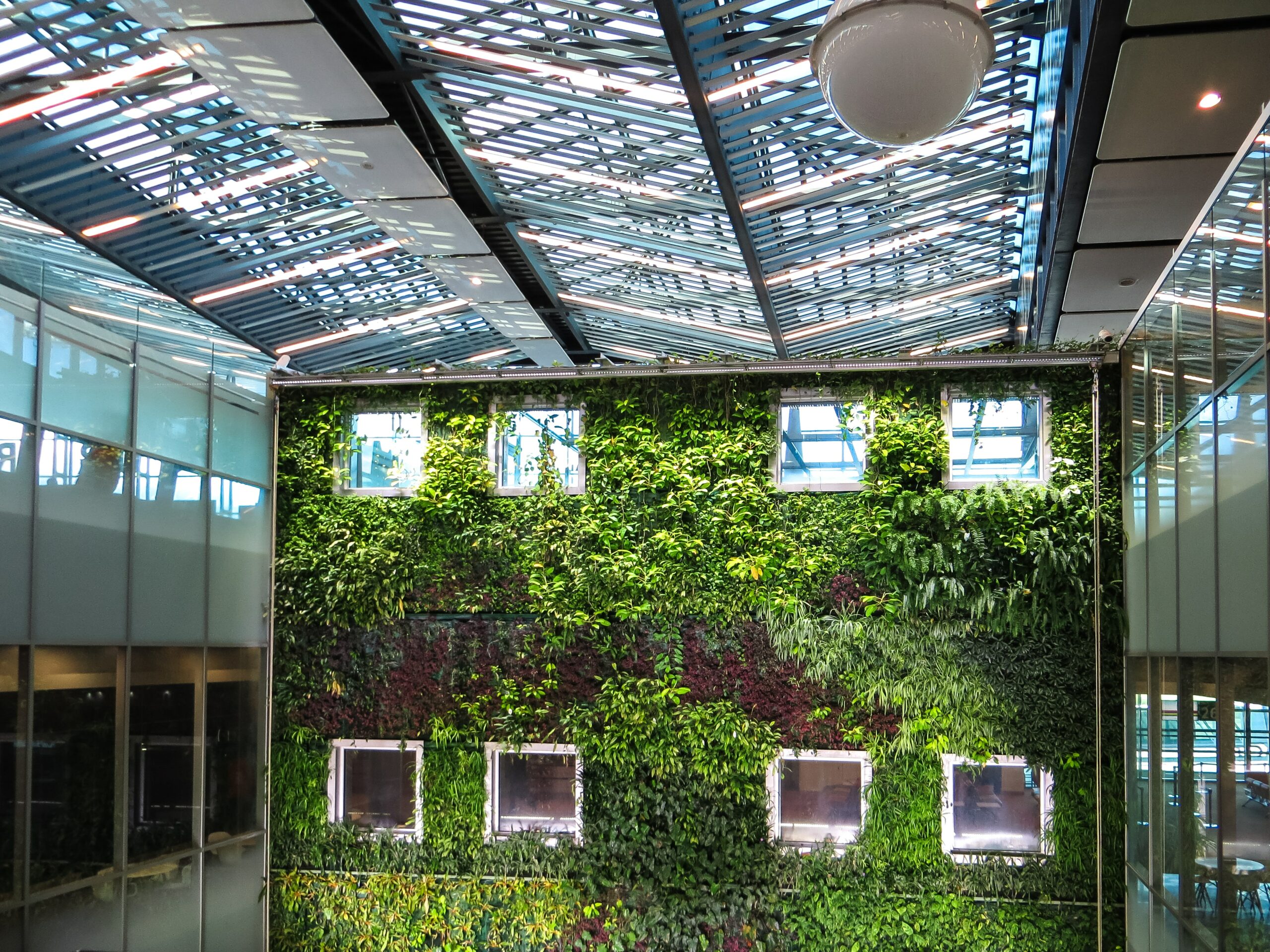Vertical Gardening
Vertical gardens have been around for centuries and are used for a number of things. From increased agricultural production to aesthetic appeal, they offer a lot of benefits. They can be utilized indoors or outdoors and really aren’t that difficult to create. If you want to know more about vertical gardening, read the article below!
What is a Vertical Garden?

A vertical garden, by definition, is “a wall covered with plants that are growing in containers or on special material attached to the wall, often used when there is not much space to grow things on the ground”. Basically, a vertical garden is an upright structure that is covered by vegetation. However, contrary to the definition, you certainly don’t need a lack of space in order to justify starting a vertical garden!
The term “vertical garden” can cover a lot of different things. This applies to interior (or exterior) plant walls, indoor farming, vertical trellis’, or anything else you can imagine. Let’s talk more about each of these gardens and how they work.
Plant Walls
Plant walls are a collection of interior or exterior plants grown on a wall typically for aesthetic purposes. These always attract a lot of attention and can make any space feel inviting and alive. To successfully create a plant wall, you’ll need a sturdy structure that has an irrigation system installed (unless you plan on watering each individual plant by yourself). These are usually an investment upfront, but if cared for properly, they can last decades and get more and more beautiful each year.
Vertical Farming

Vertical farming is a productive use of upright gardening. As cities have spread across the earth, there is less farmable land now more than ever. In fact, the Earth’s farmable land has decreased by ⅓ in the last 40 years. Vertical farming offers a solution to this problem because it doesn’t require nearly as much space. All you need is enough land for a large greenhouse structure. You can grow significantly more plants in a vertical farm because they can all be condensed into rows instead of spreading out horizontally.
In order to have a successful vertical farm, it requires a lot of engineering and technology. One of the most important aspects of a vertical farm is the medium for growing plants. Some systems use structures that house soil vertically, while others don’t use any soil at all. This is called “hydroponics”.
Hydroponics
The definition of a hydroponic growing system is “the cultivation of plants in nutrient-enriched water, with or without the mechanical support of an inert medium such as sand or gravel.” As soil becomes scarce, hydroponics is a great way of bringing fresh produce to any area of the world.

At Home Plant Walls
While plant walls and vertical farms can seem complex, vertical gardens can actually be quite easy to create at home using tools you might already have on hand. If you have any kind of ivy growing on your house, you can already consider yourself a proud vertical garden owner! Creating a vertical garden can be as easy as hanging pots on your wall. For tips on creating a plant wall or for more information on vertical gardening, contact our landscaping professionals today!

